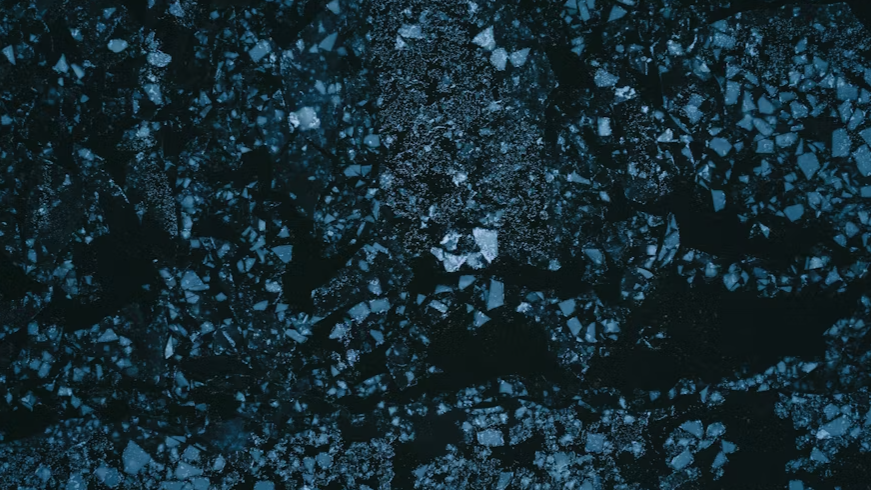
Microfiber pollution, a hidden menace in the fashion industry, continues to exacerbate environmental challenges, yet solutions remain elusive. The pervasive shedding of tiny plastic fibers from synthetic textiles not only pollutes our oceans but also infiltrates the human body. As more brands join the fight against this issue, the question arises: Can the fashion industry finally fix its microfiber pollution problem?
The Growing Microfiber Problem in Fashion
Microfiber pollution was first brought into the spotlight nearly a decade ago when pioneering research showed that washing a single synthetic garment, such as a fleece jacket, could release up to 250,000 microfibers into the water system. These microscopic fibers slip through wastewater filters and eventually make their way into rivers, lakes, and oceans, where they are consumed by marine life, impacting ecosystems and human health alike.
Despite early warnings and increasing awareness, the fashion industry has continued to use synthetic fibers like polyester, acrylic, and nylon, which are known contributors to microplastic pollution. While various solutions have been explored, from washing machine filters to end-of-pipe measures, the root causes of microfiber shedding in textile manufacturing have largely been overlooked.
Industry Response: A Collaborative Approach to Tackling the Issue
In response to the growing environmental concern, major industry players have come together to address microfiber pollution. The Microfibre Consortium, in collaboration with Fashion for Good, has initiated a groundbreaking study involving brands like On, Levi Strauss & Co., Kering (Gucci’s parent), Inditex (Zara), and Under Armour. This study aims to gather critical data to better understand microfiber fragmentation and develop solutions to reduce shedding at the source.
While solutions like washing machine filters have gained attention, the focus is now shifting to the design and manufacturing stages of textiles, where microfiber loss is most prevalent. A report by The Nature Conservancy and Bain & Co. in 2021 revealed that a significant amount of microfiber pollution occurs during the production phase, particularly in wet processing.
The Path Forward: Understanding the Root Causes of Microfiber Shedding
The Microfibre Roadmap 2.0, introduced by The Microfibre Consortium, aims to explore the root causes of microfiber fragmentation in different fabrics, particularly cotton and polyester. Understanding how variables such as yarn twist, fiber length, and dye bath temperature affect microfiber shedding is crucial in creating effective solutions. Brands that have been involved in tackling this issue have learned that controlling the production process is essential to minimizing microfiber loss.
Key players, including Adidas and Gap Inc., have committed to tackling microfiber pollution by developing standardized methods for measuring fiber loss and collaborating with research institutions to pinpoint the variables that contribute to shedding. The ultimate goal is to design textiles that shed fewer fibers, with greater consistency across the supply chain.
Challenges and Solutions: The Industry's Complex Journey
While the collaborative effort is gaining momentum, the fashion industry faces several challenges in implementing large-scale changes. One of the biggest hurdles is the complexity and variability of textile production. Factors ranging from fiber type to processing conditions all influence microfiber fragmentation, and not every solution is applicable across all fabric types.
The fashion industry’s drive for innovation in performance textiles, such as fast-drying and cooling fabrics, also complicates efforts to minimize microfiber shedding. Brands like On have highlighted the need to strike a balance between performance features and environmental impact. As the industry works toward a clearer understanding of the root causes of microfiber pollution, it becomes apparent that solving the problem will require systemic change at every stage of production.
Conclusion: Fashion's Next Frontier in Sustainability
The efforts to address microfiber pollution mark a critical step toward a more sustainable future for the fashion industry. By shifting the focus from post-consumer solutions to root causes in textile design and manufacturing, fashion brands have the opportunity to significantly reduce their environmental footprint. For executives in the fashion industry, embracing these innovations and incorporating sustainability into their core strategies will not only help mitigate microfiber pollution but also position their brands as leaders in the global movement toward a cleaner, more sustainable future.